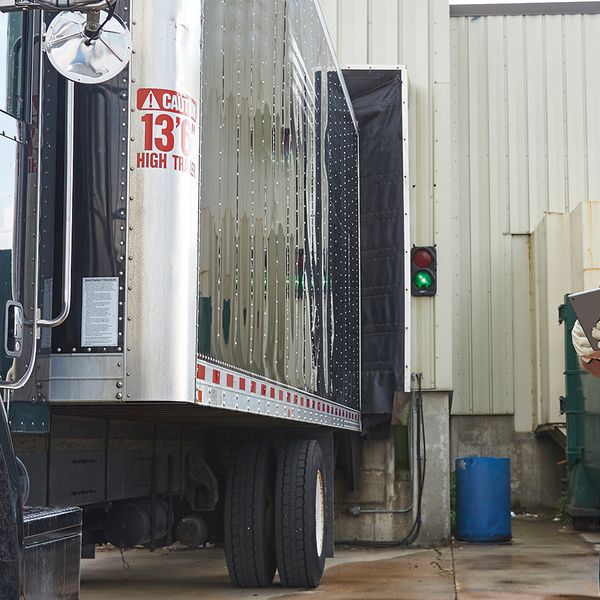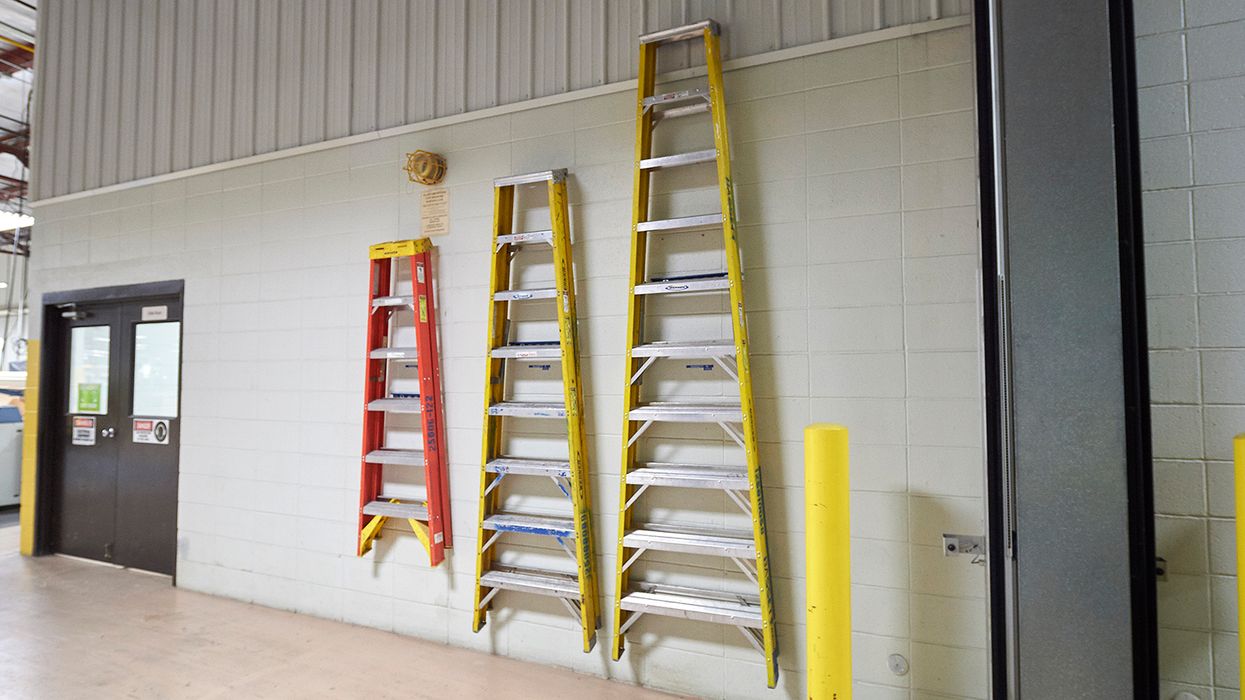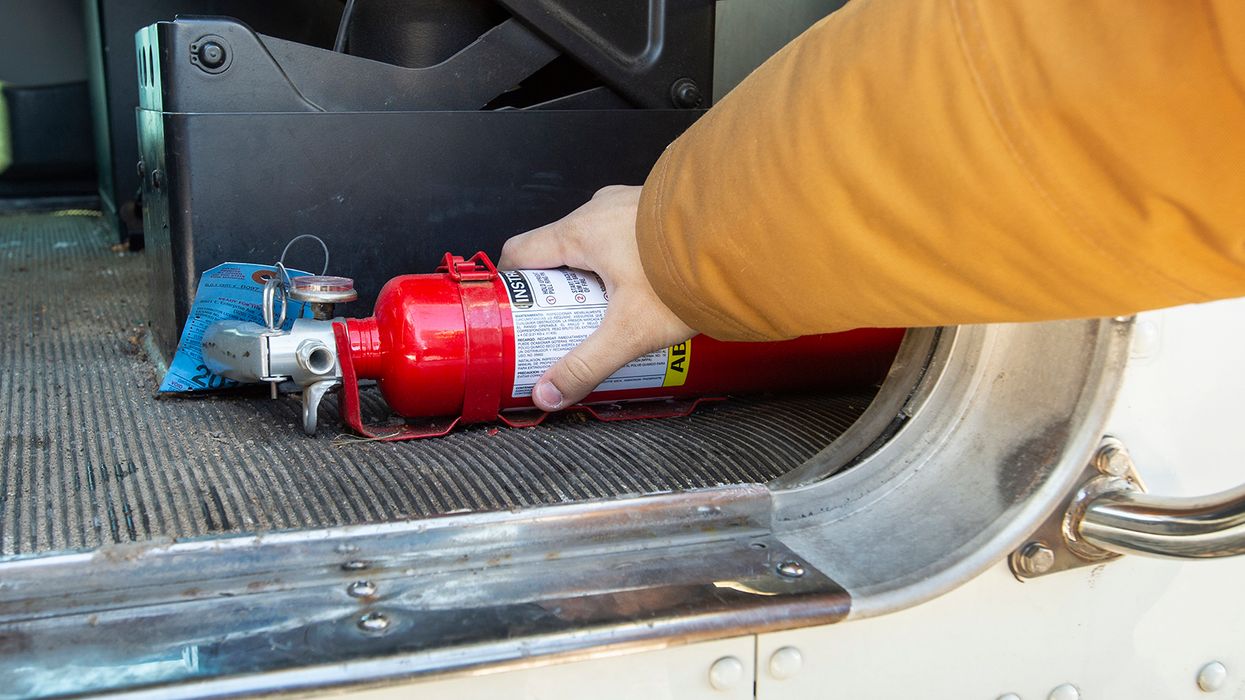Understanding the National Safety Code (NSC): Part 3
Canada’s National Safety Code (NSC) consists of 16 standards, all focused on improving road safety. In part 1 and part 2 of this three-part series, we outlined the 16 standards, covered safety ratings that can impact your business, and detailed the standards that involve your drivers. For the final part of this series, we are going to look at Standard 11 – Maintenance and Periodic Inspections, which you need to be familiar and compliant with to keep your vehicles operating safely. Then finally, we will dive into Standard 15 - Facility Audits, which ties all 16 standards together and is the key measure of your operation’s compliance.
NSC Standard 11 – Maintenance and Periodic Inspections
Standard 11 is divided into two parts: Part A, which covers commercial vehicle maintenance requires every commercial vehicle operator to ensure that each vehicle that is owned or leased by the operator, including trailers, meets the requirements contained in the maintenance standard. Every operator must have a system to inspect, maintain and repair each of the owned or leased vehicles at regular intervals.
No predetermined time intervals have been specified in the standard for the cycle of inspection and maintenance, it’s up to the carrier, most base theirs off of OEM. It should be noted however that some jurisdictions do specify the maximum mileage or time which can elapse between maintenance Part B, which covers periodic commercial motor vehicle inspections requires all commercial trucks, truck-tractors, semi-trailers, trailers and combinations thereof to be inspected to the standard at least annually. Inspections must be conducted by an authorized inspector in a government establishment, or at an inspection facility approved by a government agency.
The objective of Standard 11 is to ensure that all commercial vehicles are subject to a systematic and regular preventative maintenance program along with periodic inspections. The intent is to ensure that all operators of commercial trucks, trailers, and buses have a regular vehicle maintenance and servicing program for all vehicles under their control. Regular preventative maintenance of equipment ensures small problems can be corrected before they result in accidents, major repairs, or a vehicle breakdown.
Establishing a preventative maintenance program that identifies defects and allows an operator to effect repairs per this standard will assist in complying with the semi-annual and annual inspection requirements under the Periodic Motor Vehicle Inspection (PMVI) program. The PMVI program requires a safety inspection for all regulated vehicles under the Periodic Mandatory Vehicle Inspection regulation. The inspection is enforced to apply to motor vehicles operating on public thoroughfares. Its rationale is based on the assumption that motor vehicle crashes can be prevented by eliminating mechanical defects from trucks operating on the roadways.
NSC Standard 15 – Facility Audits
The National Safety Code (NSC) Facility Audits standard is a quantifiable, performance-based audit designed to review a carrier’s compliance with all applicable highway safety standards, including but not limited to, those we covered in this three-part series. The audit serves as a means of evaluating a carrier’s safety/compliance performance and is used to establish a safety rating. The audit consists of a detailed examination of certain records that are required to be maintained by motor carriers, interviewing personnel who are responsible for safety management, conducting on- and off-highway Commercial Vehicle Safety Alliance (CVSA) inspections on commercial vehicles, and recording the audit findings. The audit will include a review of the following records:
- Driver qualifications: driver records, such as driver abstracts, driver licences, medical certificates, and training certificates.
- Hours of service: driver logs, electronic logging devices (ELDs), and supporting documents.
- Vehicle safety: vehicle records, such as registration, inspections, maintenance, and repair records.
- Safety practices: the carrier’s insurance policy, along with the carrier’s safety policies and procedures, such as safety manuals, accident reports, incident investigations, corrective actions, and safety meetings.
To prepare for an NSC Facility Audit, you need to ensure that you have all the necessary documents and records that the auditor may request. You also need to ensure that your vehicles are in good condition and meet the inspection standards. Finally, consider conducting a self-audit using a self-audit checklist to identify any areas of improvement or non-compliance before the official audit.
NSC Standards wrap-up
Canada’s NSC standards are designed to create a comprehensive code of minimum performance standards for the safe operation of passenger and commercial vehicles. The NSC provides guidance for legislative, regulatory, and administrative action by each jurisdiction and focuses, as outlined in this three-part series on the driver, the vehicle, and the carrier. It has a specific focus on those responsible for the operation of commercial vehicles on the road, including trucks, buses, tractors, and trailers. Key to remember: Both Standards 11 and 15 serve to evaluate safety/compliance, and performance with respect to emphasizing behavior, aligning records, and identifying deficiencies.





















































